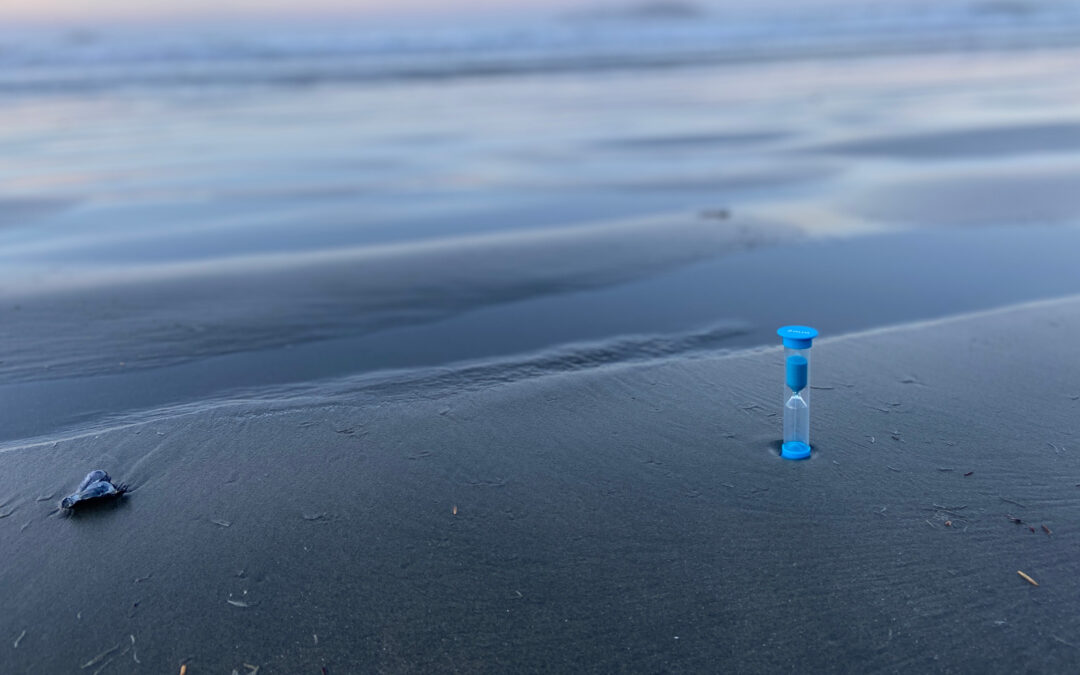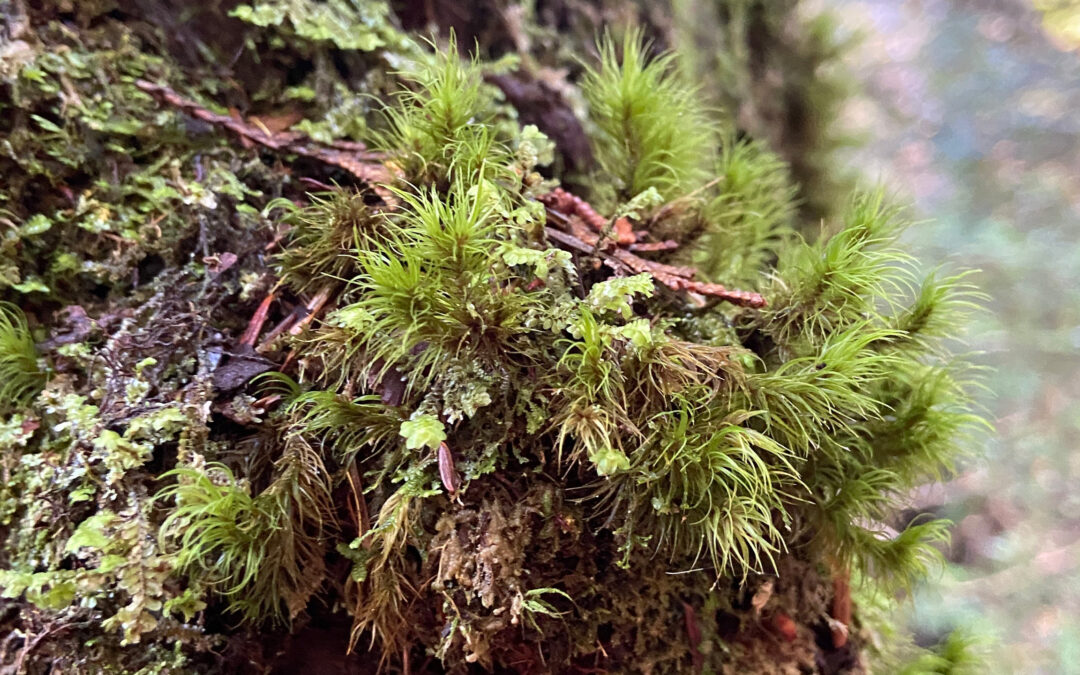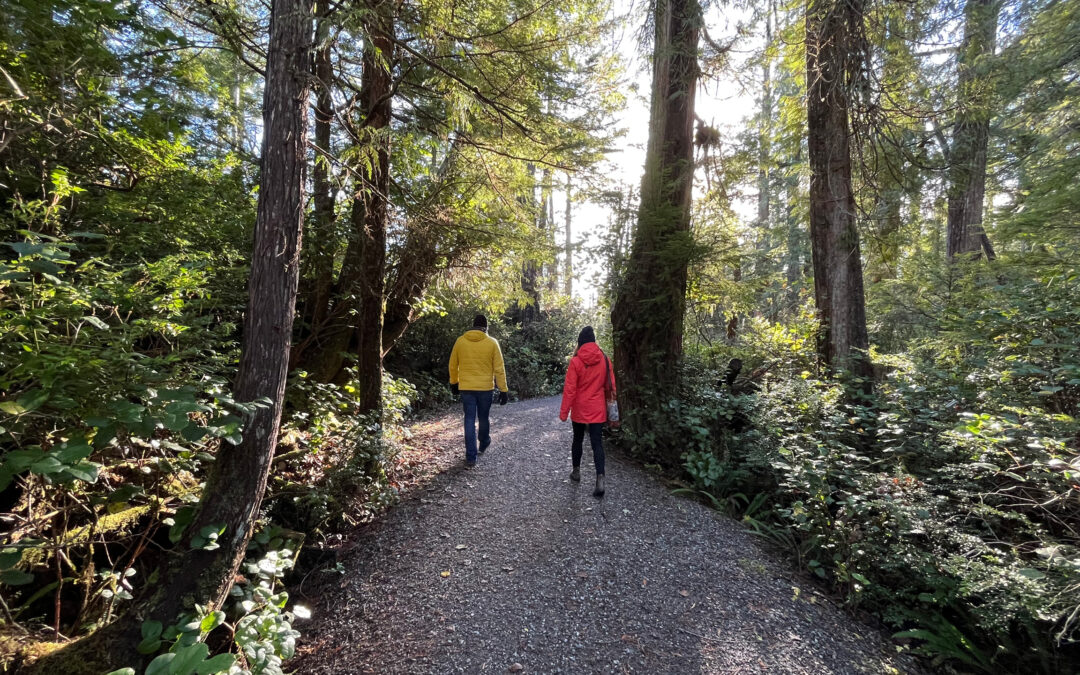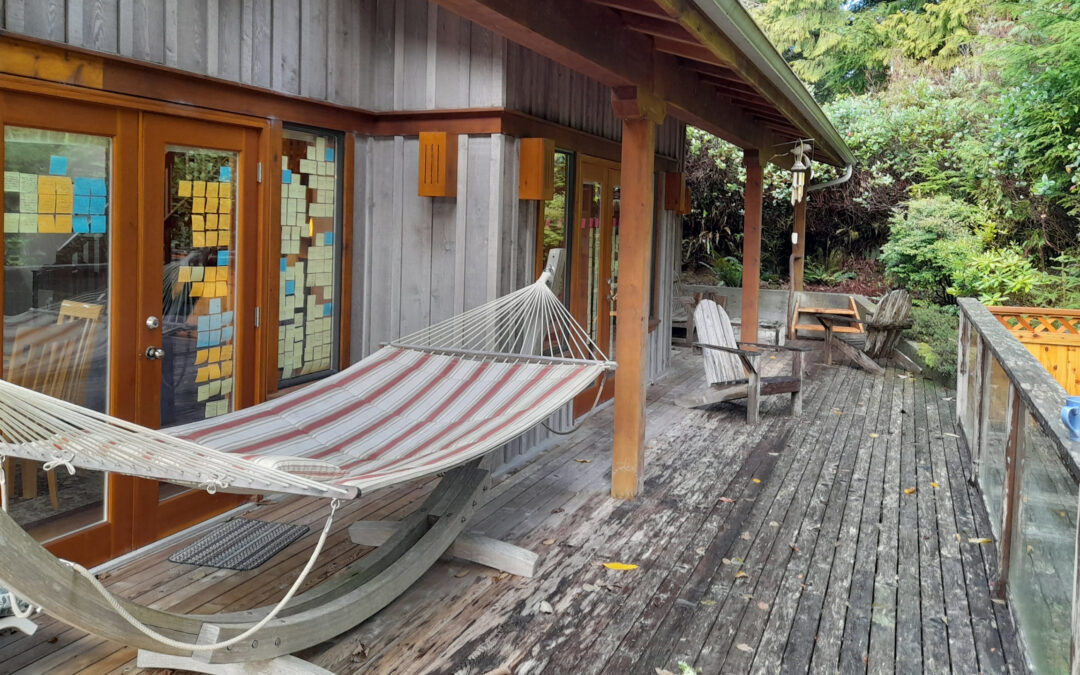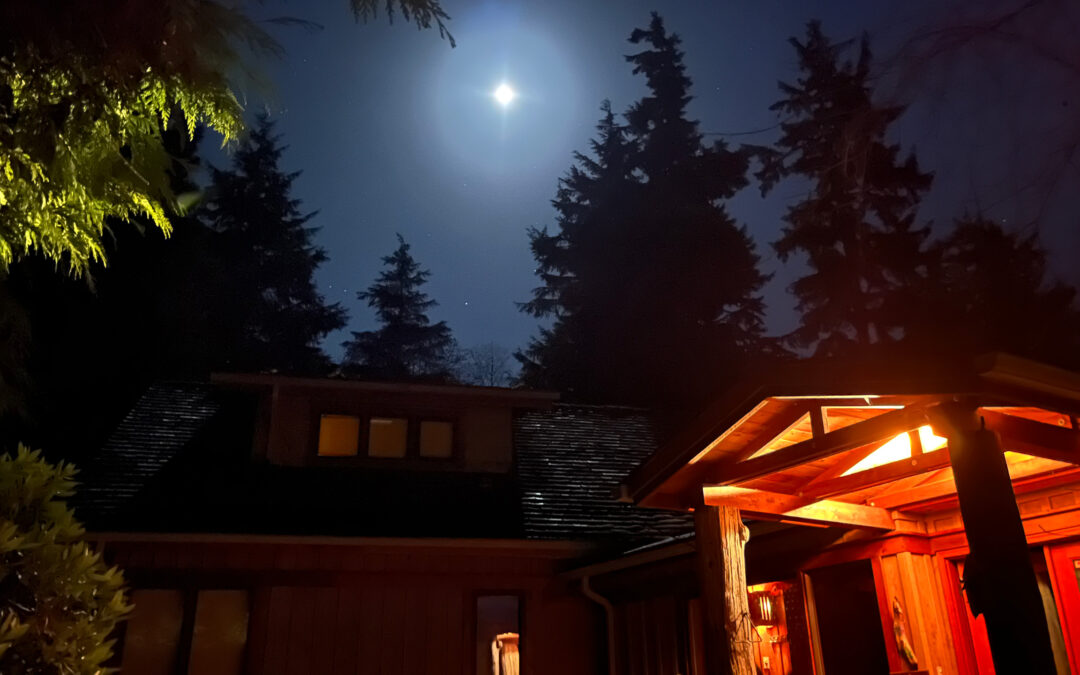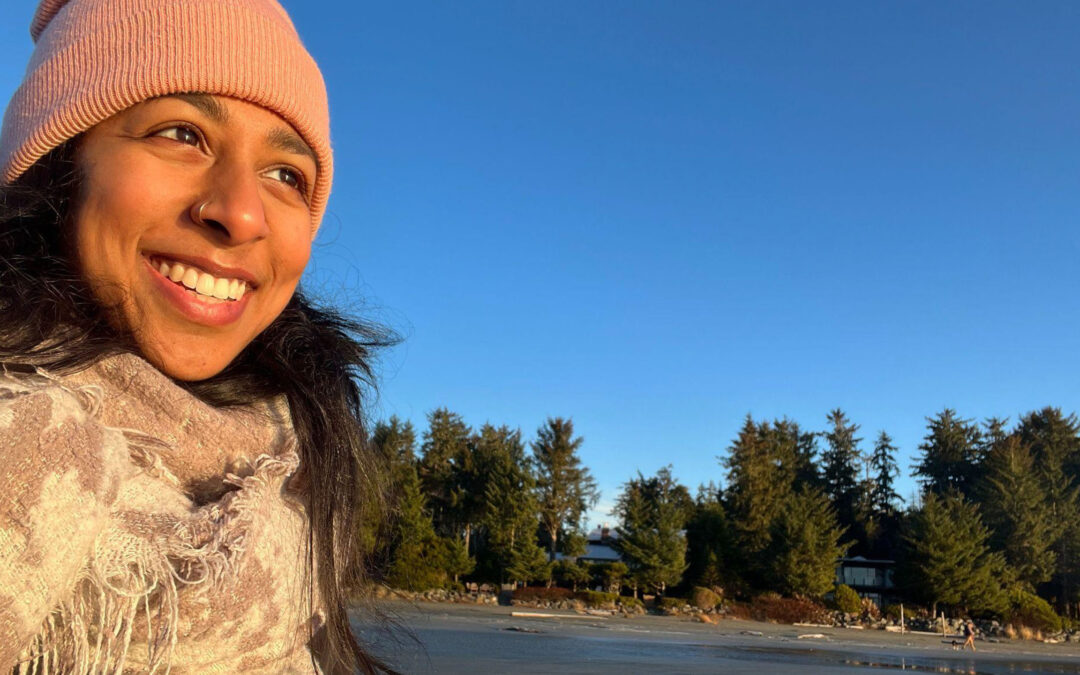Meaning means what one intends to convey, indicate, refer to. Meaning is significance. Making refers to forming (something) by putting parts together. Making is constructing and creating. In this sense, meaning-making translates to the process of forming an understanding of what is significant by putting parts together.
Even as there are countless ways of making meaning, as Julia reflected at the retreat, “we tend to conflate ‘meaning-making’ with ‘analysis’”. In doing so, we tend to limit our sense-making to the intellectual realm. As we embarked on the process of making sense of the Mortal Method, it was important to us to tap into the different intelligences available to us, including our emotions, our bodies, and our inherent capacities as creative beings.
“My body and my life are part of my research, and I use this knowledge to critique and analyze. I will not separate this from my engagement with academic literature, because in my life these things are not compartmentalized…““Theory” is generated and regenerated continually through embodied practice and within each family, community, and generation of people. Theory isn’t just an intellectual pursuit. It is woven within kinetics, spiritual presence, and emotion. It is contextual and relational. It is intimate and personal with individuals themselves holding the responsibilities for finding and generating meaning within their own lives.” – Leanne Betasamosake Simpson, As We Have Always Done
This intention spanned both the 30-day Apprenticeship with Mortality practice as well as the Mortal Method Retreat, and in this blogpost I share a window into how it showed up in each.
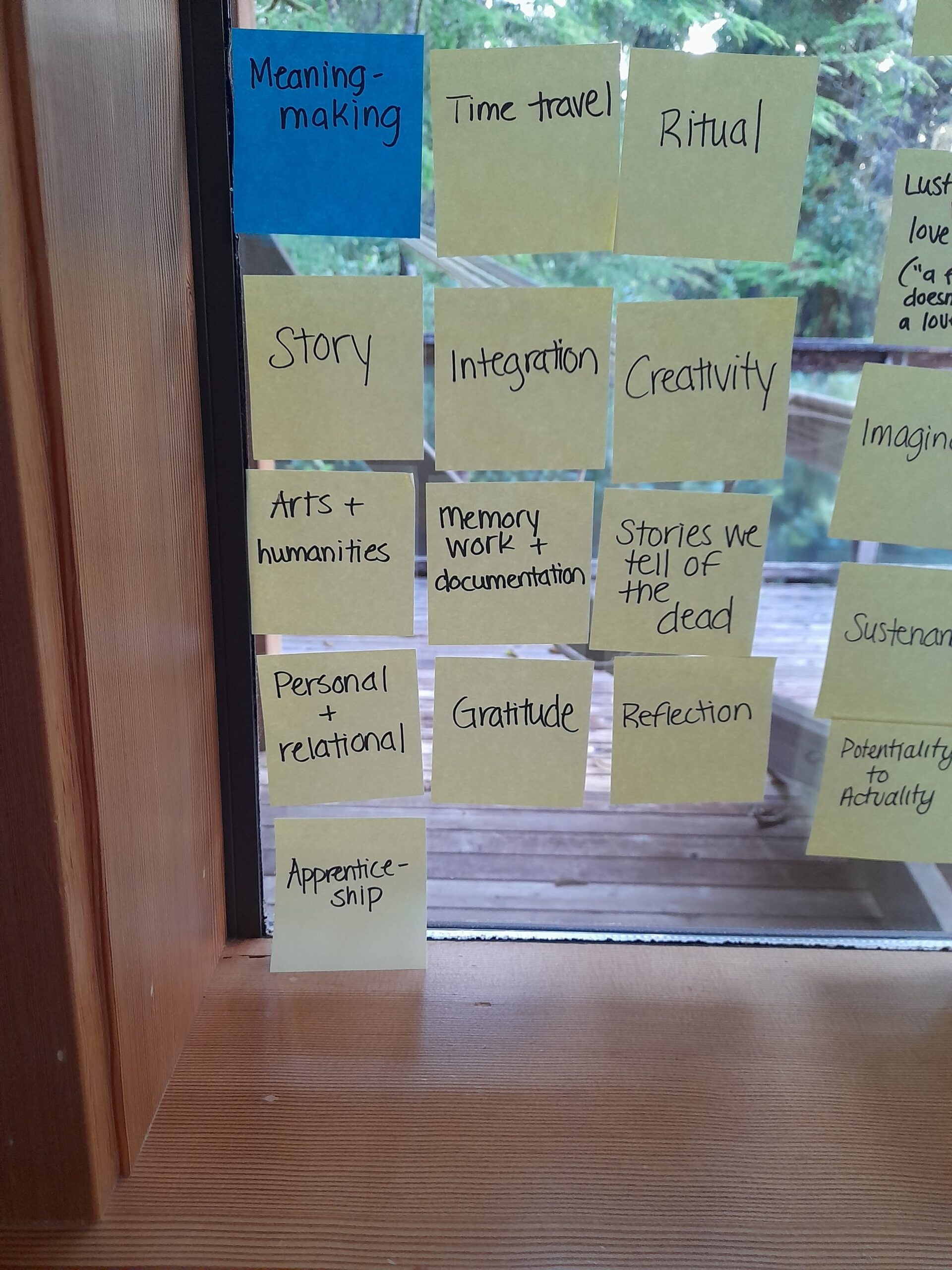
The Body & Arts in the Practice
Body-Based Exercises in the Practice
In addition to invitations to journal on the reflection prompts shared in the practice, on some days, participants received explicit invitations to go for a walk with a prompt. For example, on the day we examined paradox, the instructions were to “choose a paradox related to mortality that you find particularly challenging to sit with and go on a walk with it.” This was designed with the awareness that 1) our bodies might be better equipped to hold and contend with paradox than our minds, and 2) grappling with paradox while in motion might help counterbalance and somatically process some of the stuckness we may feel in our minds around the “unresolvability” of paradox.
Walking was also suggested in the practice as a way of processing and integrating some of what might be emerging in our bodies in response to working through the daily prompts.
“I always need to go for a walk and put things away before I really have something of use to say so. I feel like you’ve kind of just built that in.” – AB, Nov 17
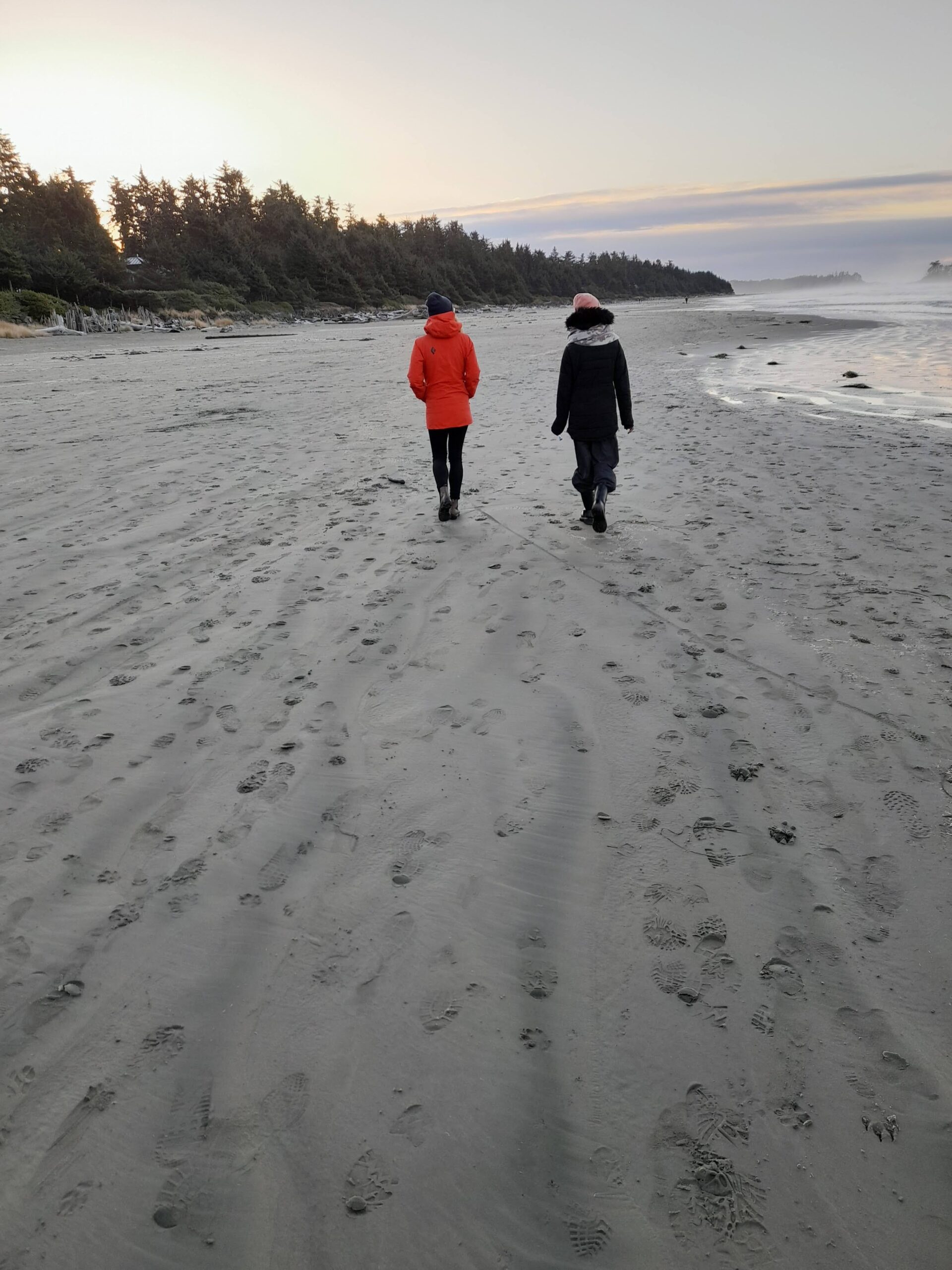
Incorporating Art in the Practice
Artistic Accompaniments
We also felt it important to incorporate the arts and creativity into the design of the practice. In this vein, each practice email concluded with a section called ‘Accompaniments’ which included music, videos, visual art, quotes, poems, and/or memes to inspire reflection around that day’s theme and accompany participants through that exploration.
For example:
- The practice email focused on exploring our relationships to YOLO (you only live once), FOMO (fear of missing out), and JOMO (joy of missing out) included this meme:
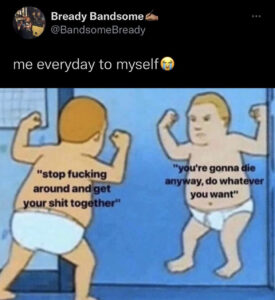
- The practice email focused on exploring our relationship to gratitude included this quote: “I’m learning that happiness is an emotion that’s a result of circumstances. Joy, though, is a spiritual engagement with the world based on gratitude. It’s not the big things that make me grateful and bring me joy. It’s more the glory of the small: a touch, a smile, a kind word spoken or received, that first morning hug, the sound of friends talking in our home, the quiet that surrounds prayer, the smell of sacred medicines burning, sunlight on my face, the sound of birds and walking mindfully, each footfall planted humbly on the earth.” (Richard Wagamese, Embers)
- The practice email focused on exploring our relationship to autonomy included the song My Power, by Nija Charles, Tierra Whack, Beyoncé, Moonchild Sanelly, Busiswa Gqulu, Yemi Alade, and DJ Lag.
- The practice email focused on exploring our relationship to enough included this video featuring writer adrienne maree brown’s relationship to her sense of self and enoughness.
- The practice email focused on exploring our relationship to embodiment included this visualization which illustrates the difference between knowledge and experience.
Artistic Invitations
While one might argue that journaling itself is an art form, several of the prompts in the practice were explicitly focused on engaging in an artistic practice or creative activity as a means of unpacking that day’s theme. In retrospect, each of these exercises offered us a different way to hone our ability to listen – for what we want, for what we know, for what the beings around us know, etc. Some examples of these invitations included:
- listen for how your body wants to engage in this practice today by connecting with your breath. (This invitation was accompanied by a optional guided meditation)
- ask little-you how they want to engage in this practice today. (This surfaced some wonderful baby photos!)
“And there were a few times in these entries where I’m like, “this is how I used to be or this was this early experience,” and having that frame of little Julia from that one week then feels like we’re kind of in this constant dialogue with our past selves. And that’s kind of fun. Maybe that would have happened anyway, and I just wouldn’t have framed it in that way. Like maybe I would’ve referred to my earlier life, but it felt more meaningful because that’s one of the things we were prompted to do.” – JB, Dec 1
- sit in silence and stillness for 5-10 minutes before setting an intention around how you want to embody this practice today.
- choose a paradox related to mortality that you find particularly challenging to sit with and go on a walk with it.
- observe and capture what another’s experience of mortality moves in you. (This invitation shared an excerpt from Dr. Paul Kalanthi’s memoir, When Breath Becomes Air and asked participants what it brought up for them)
- envision a customized course on apprenticing mortality, designed just for you, built to satiate your curiosities. If you were signing up for a course on apprenticing mortality, what would you want to see in the course outline?
- pick one of the questions you wrote down on Day 3 that you would like to spend more time with, and go on a walk with it. As you walk, instead of listening for the answers within your own mind, listen for it among the life around you – the trees, the earth, the sun, the rain, the wind, the furry creatures.
- revisit your hopes and fears from day 1 and 2 and give them a literal voice (i.e. read / speak them out loud).
- revisit a piece of media (e.g. a poem, video, song, story, meme etc.) that has shifted the way you think about mortality and/or the mortal method.
In this sense, if art is the “the expression or application of human creative skill and imagination”, many of these artistic invitations presented an opportunity for us to listen for our imagination and tap into our inherent creativity.
The Body & the Arts at the Retreat
Body-Based Exercises at the Retreat
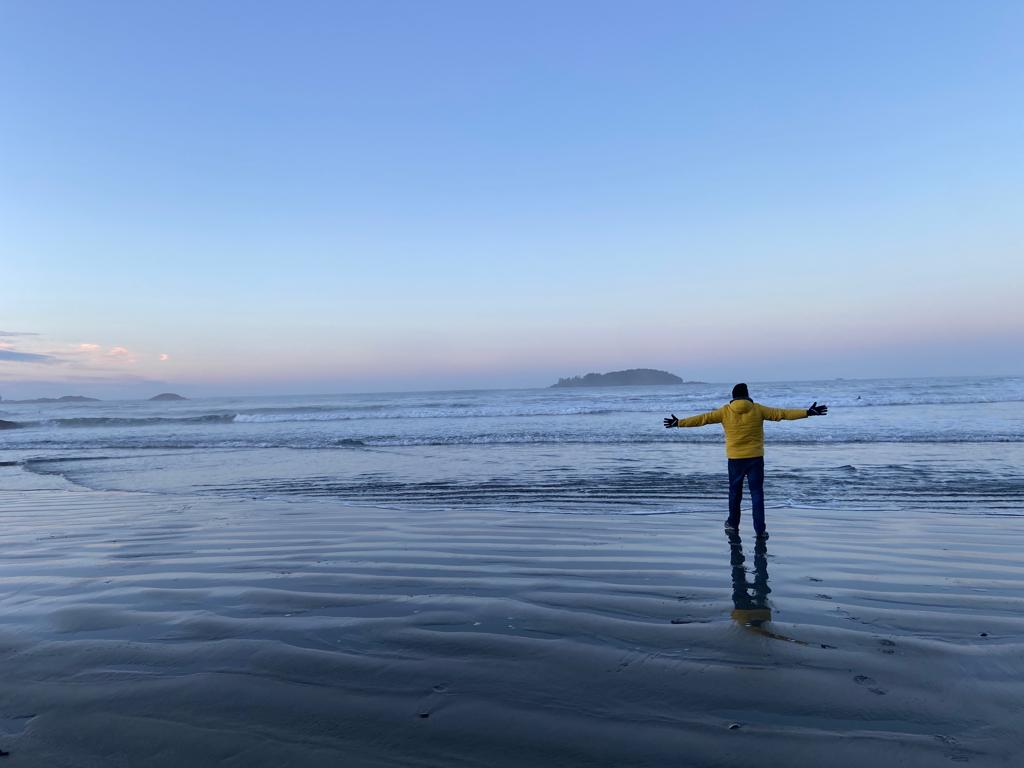
Because so much of our default programming is to disconnect from our bodies, it was important for us to intentionally cultivate a connection with our bodies before each session if we were hoping to tap into their wisdom. Our bodies have always held knowledge, but tuning into them intentionally at the start of each session allowed us to become better at listening for and to our bodies, become fluent in their cues, in their sensations, and in their language. It requires time and conscious effort to switch between languages we’re not yet fluent in, and we wanted to give our bodies some time to warm-up each time.
The exercises through which we engaged our bodies took different forms, including free flowing movement to music, shaking, stomping, skipping, walking in different ways, stretching, breathwork, and vocal exercises.
Connecting with our bodies in this way brought up a whole range of emotions and reflections within us. Here are a few:
- “It feels good to do it [morning movement] together as a part of our process of working together.” – AB
- “Toxic positivity / enforced cheer vs. creating space for joy.” – JB
- “There’s a moment when it feels silly, & a moment when you transcend it.” – JB on morning movement
- “Learning the language of the body, rather than listening for a translation in a language you already know.” – MM
- “I’ve treated my body as an inconvenience & it’s spoken to me most often by getting sick.” – AB
- “This [my body] is home. Finitude is scary b/c this is the only home I know.” – JB
- “I noticed you [MM] refer to people as “bodies,” “bodies in a room” rather than “let’s get all these brains together.” – JB
- “We live in a consumer culture that encourages us to betray our bodies.” – AB
- “The body as an agent, rather than a tool.” – MM
- “If to be loved is to be understood, then becoming fluent in the language of the body can be a love language.” – MM
- “I have more reverence for & trust in its wisdom, I have more of an orientation to my body as a teacher, possibly my greatest one.” – MM on how her relationship to embodiment has changed.
- “Moving your body for the sake of moving. It wasn’t for training or for how it looks.” – JB
- “I like that your invitations invite me to move in ways that I wouldn’t typically move my body. (e.g. stomping)” – JB
- “There were moments where it was fun & if I’m honest, there were also moments where I was near tears in shame.” – AB (re: vocal exercises)
- “I tend to lean into what I feel I’m good at. I’m not good at singing. I’m good at dancing.” – JB (re: vocal exercises)
- “We’re all people who process verbally, writing & words come to us easily, & yet this primal way of expressing, hearing our own & each other’s voices feels vulnerable.” – JB re: vocal exercises.
As is apparent in the quotes above, consciously inviting our bodies into a space and engaging them in the work can bring up a range of feelings including awe, grief, curiosity, frustration, wonder, acceptance, and more. This is natural especially given that our bodies are often an untapped resource with this work and these are all feelings that we can expect when getting to know something or someone who is foreign to us.
Meditation / Visualization as Priming
In addition to movement exercises, I also led guided visualizations and meditations before we dove into the day’s content tasks. These exercises served as a way of grounding, cleansing our palates, and priming our beings with the most important things we wanted to remember as we defined and imagined and made decisions about the Mortal Method. For me, a powerful meditation tells a compelling story, one in which you can see yourself. A compelling story tells us where we’ve been, where we are now, and where we’re going together. In this sense, these impromptu meditations were a form of embodied storytelling, where I’d remind our bodies of what we’d moved through in previous sessions, seed the questions we were going to be grappling with in our next session, and ground us in the present moment where they both meet.
As Albert reflected after one such meditation, “I’m glad we did that b/c I was happy to transition but I was in my head spinning & I’m feeling much more embodied now. More sustaining power, but also maybe more wisdom.”
It is also important to note that time for these movement and meditation exercises was built into our group thinking sessions. In other words, they weren’t nice-to-haves, but rather were a key part of the process of arriving at clarity around what constitutes the Mortal Method. As Julia reflected on one of our first sessions where we spent a 2 hour block engaging in 1.33 hrs of movement and meditation exercises before moving into a brainstorming and writing session where we got all of our ‘work’ done in 35 mins, “It’s like cooking time vs. prep time. When we had all our ingredients chopped up & prepped, the cooking happened pretty quickly.” The 1.33 hrs of priming facilitated the ease and creative flow we experienced in the 35 mins of ‘work’ that followed. In actuality, we were working for the full 2 hours – we were just accessing and activating different ways of knowing, some that are considered more legitimate than others within the systems we work.
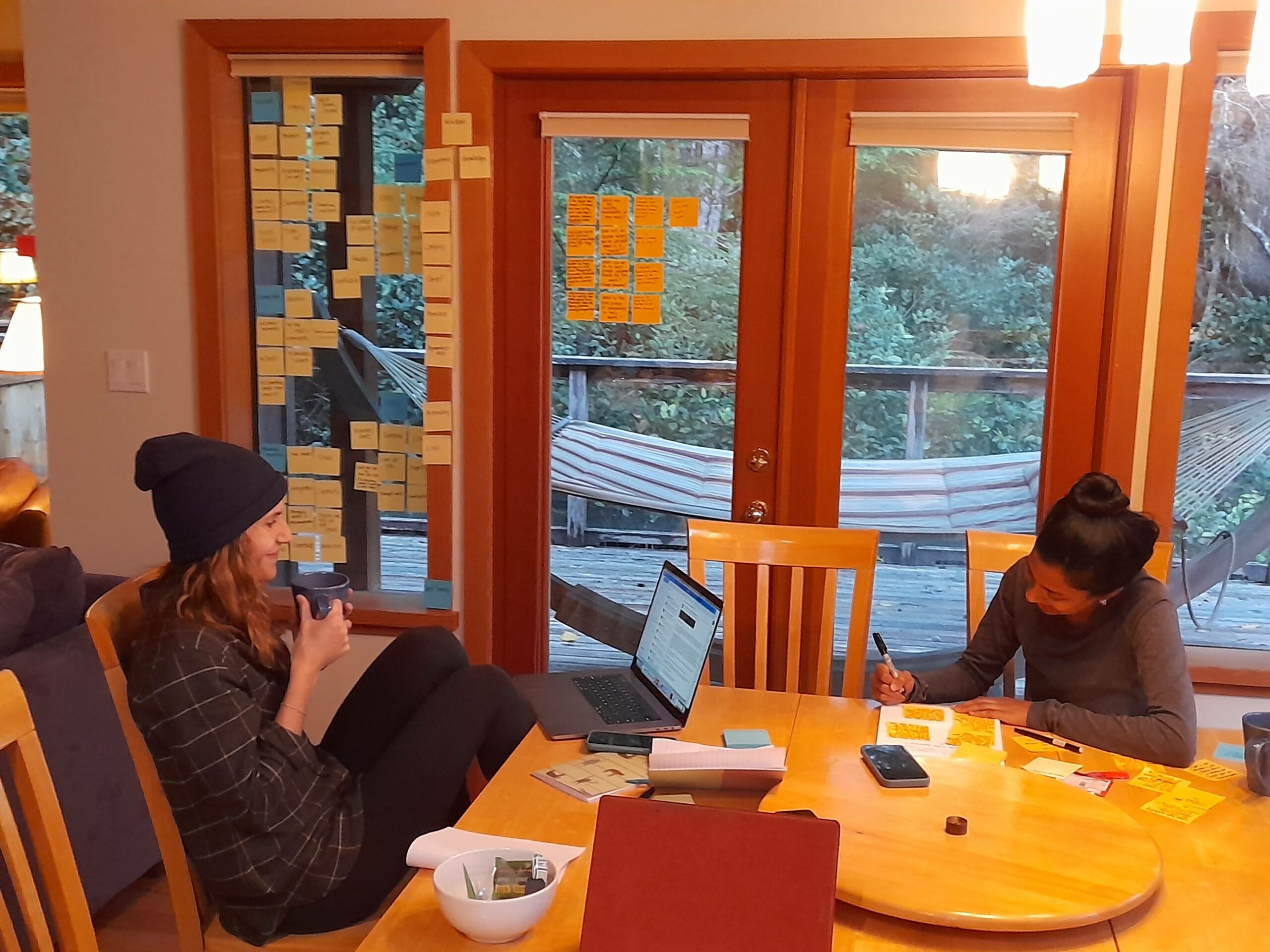
Creative & Arts-Based Exercises at the Retreat
In addition to incorporating the arts into the 30-day Apprenticeship with Mortality practice, we also found creative ways to draw on the arts within the design of our retreat. For example, we incorporated an element of play into our synthesis process by doing a MadLibs exercise to figure out how the five different qualities of mortality were connected to each other. We also engaged in a daily ritual of turning over an hourglass and observing the passing of a minute (or sometimes five or 10 minutes), as a way of reminding ourselves of finitude and connecting with the passage of time. Music also played a big part in accompanying us during the retreat. Whether it be the soundtrack to our movement exercises, the backdrop to our meditations, or the sonic companion on our drives, we built up quite the playlist as a memento of our time together at the retreat. And last but not last, participants were all invited to create a collage on a postcard over the course of the retreat, as a way of processing their experience. As a part of the retreat’s closing ceremony, we all wrote ourselves a message on the back of our respective postcards, which were then mailed back to us six months after the retreat. In these ways, creating space for the arts in our process helped us make meaning in ways that may not have been accessible to us solely through the traditional ways we are taught to make meaning (e.g. reading, writing, speaking, etc.).
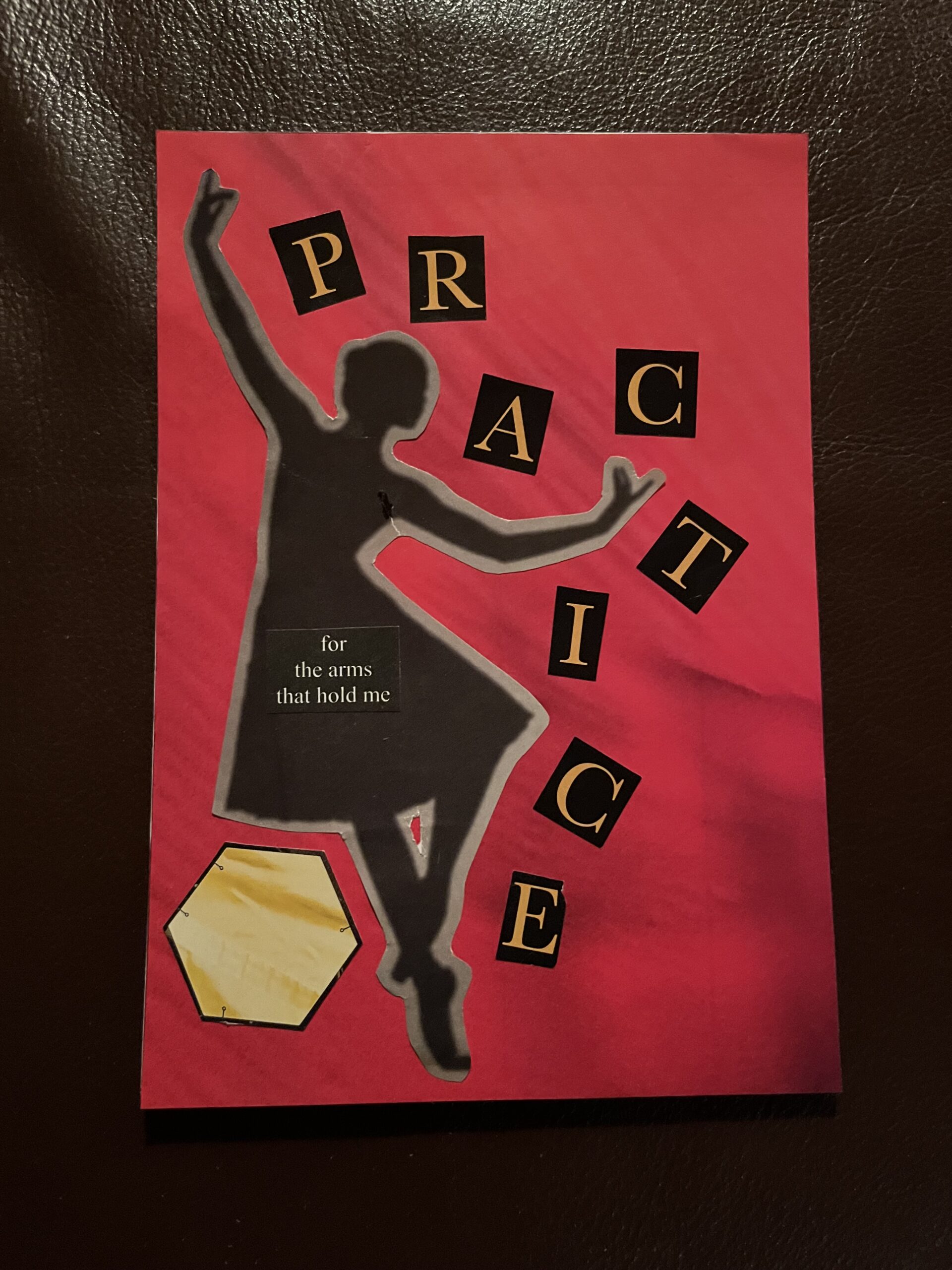
Discomfort in this Work
If you’re noticing discomfort arising around making meaning in these ways, know that it is a programmed response to embodiment in a system that promotes and rewards disembodiment. As I unpack in Dismantling the Master’s Tools,
“Mainstream social R&D practices and traditional academia often reinforce the concept of the mind-body split. Similar to the myth of objectivity which separates the observer from the observed, the mind-body split sees the mind and body as separate entities that aren’t connected. It uplifts the mind as the generator of knowledge, as the sole location of information-gathering, processing, interpreting, and sharing. It perpetuates a false hierarchy of the mind as the dominant dimension of our being, the ruling authority over our other dimensions including our bodies, emotions, and spirits. In research, this mind-supremacy shows up in the treatment of research and knowledge gathering as a solely intellectual pursuit…In treating a research interaction as a solely intellectual exchange, we invisibilize the ways in which our bodies, emotions, and spirits can be activated in a research setting. We lose key data when we choose to ignore our bodies, emotions, and spirits as generators, keepers, and conveyors of knowledge. We also end up prioritizing research methodologies and practices that engage just the mind, and care for just the mind, rather the body, emotions, and spirit as well.”
Within this context, expanding our definition of and approach to meaning-making to include our bodies and engage our creativity requires intention and practice. The Mortal Method is one of many ways in which we might practice dismantling the primacy of the mind-body split.

